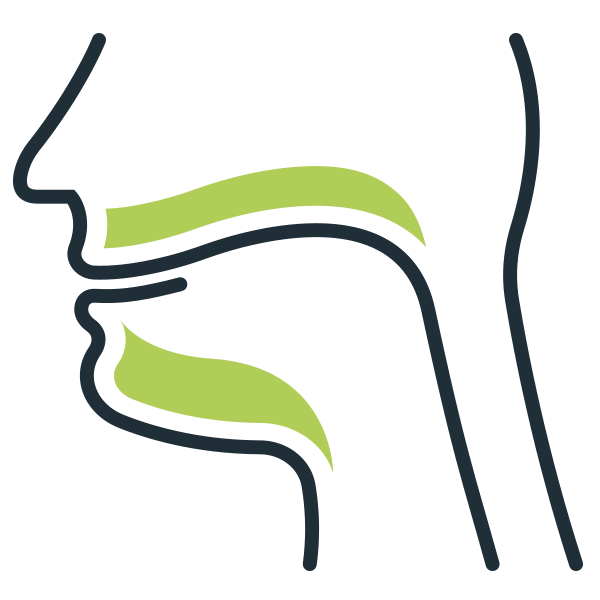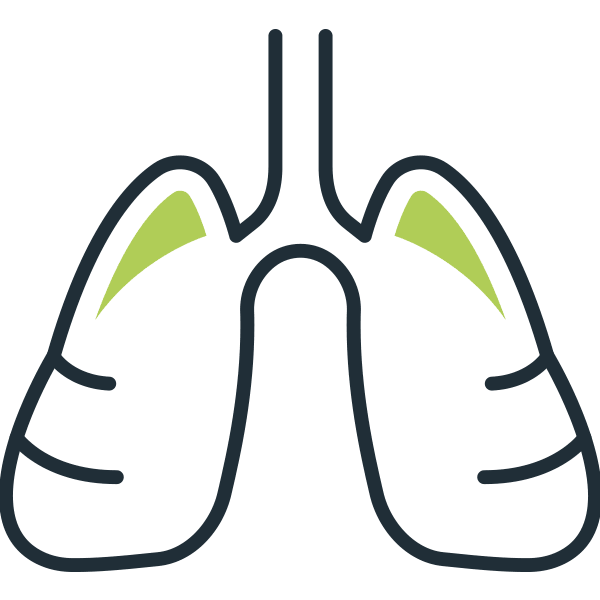A Guide to
Medical Cannabis
How does Medicinal Cannabis work?
The highly regulated landscape of medicinal cannabis is good news as it means that prescribed products have been tested, offer superior quality, and most importantly, are safe.
Safety is an important distinction to remember when understanding the difference between medicinal and recreational cannabis. Unlike the black-market products (illegal in Australia), with medicinal cannabis you have full transparency across the products pedigree.
The other important distinction is related to the cannabinoids. Cannabis contains chemicals called phytocannabinoids (commonly referred to as cannabinoids). There are more than 100 different types of cannabinoids found in cannabis plants. Cannabinoids can also be found in the human body, these are called endocannabinoids and they affect appetite, sleep, memory, pain and inflammation.
Cannabinoids
There are three general types of cannabinoids

Endogenous cannabinoids
known as endocannabinoids, which are produced naturally in the human body
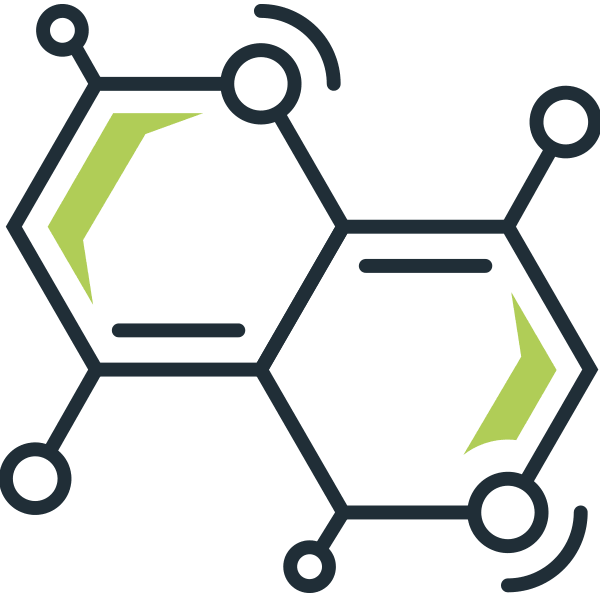
Phytocannabinoids
such as those present in the cannabis plant
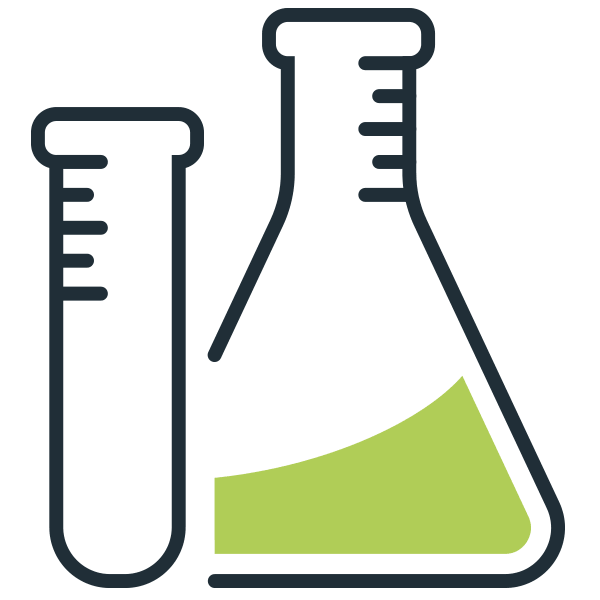
Synthetic cannabinoids
which are man-made chemicals synthesized to mimic the activities of a particular natural cannabinoid
Phytocannabinoids, such as THC and CBD – the primary active cannabinoids in the cannabis plant – have been shown to imitate cannabinoids that are naturally produced in the body (called endocannabinoids), leading to a therapeutic effect in patients with certain medical conditions. More than 100 cannabinoids have been identified in the cannabis plant, many of which have been shown to have medical value.
In addition to cannabinoids, the cannabis plant can contain up to 400+ additional chemical compounds, including terpenes – oils secreted in the same glands that produce cannabinoids, which are responsible for the aroma and colour of cannabis plants. Over 100 different terpenes have been identified in the cannabis plant, and every individual plant has a unique profile of terpenes and cannabinoids. The following infographic outlines the most commonly studied cannabinoids and terpenes in the cannabis plant.
Δ-9-tetrahydrocannabinol (THC) is a neutral cannabinoid, well known for being strongly psychoactive. Some studies have shown that THC has displayed therapeutic potential for the treatment of a variety of ailments and disorders including pain and nausea.
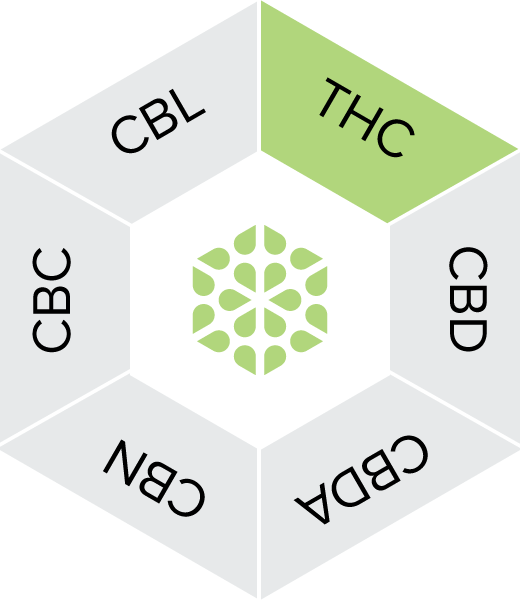
CBD has a very wide range of pharmacological actions but minimal intoxicating effects. CBD does not bind to CB1 receptors, so it does not have the same psychoactive effect. Early evidence suggests therapeutic actions of CBD at relatively high doses (300–1500 mg) in treating epilepsy, anxiety and psychosis. Numerous clinical trials are underway for other conditions such as neuropathic pain, drug and alcohol dependence and neurodegenerative disorders.
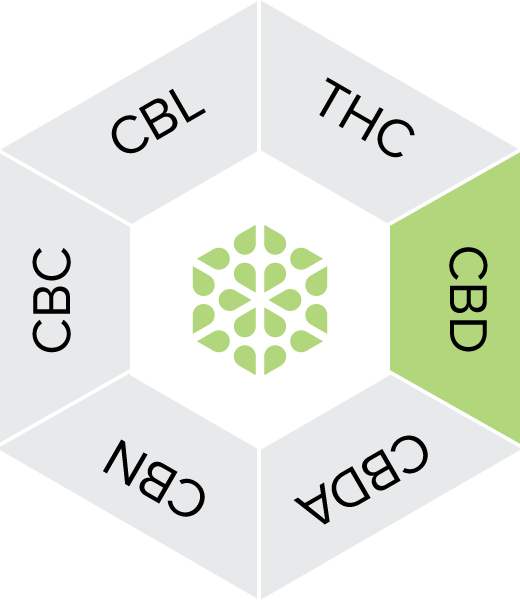
Cannabidiolic acid (CBDA) is a cannabinoid acid naturally produced in cannabis plants, most commonly found in raw hemp and marijuana plants. CBDA is the acidic form of CBD, meaning CBDA is the precursor to CBD. CBDA does not bind directly with cannabinoid receptors. CBDA interacts with the ECS by blocking the cyclooxygenase-2 enzyme from breaking down endocannabinoids. This may allow endocannabinoids to interact with cannabinoid receptors more efficiently.
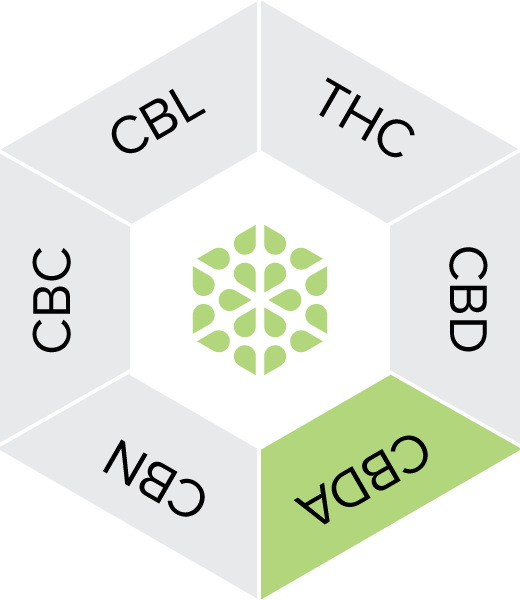
Cannabinol is a non-psychoactive cannabinoid that comes about from the oxidation of THC. It normally forms when THC is exposed to oxygen and heat. There is generally very little CBN in fresh cannabis plants.
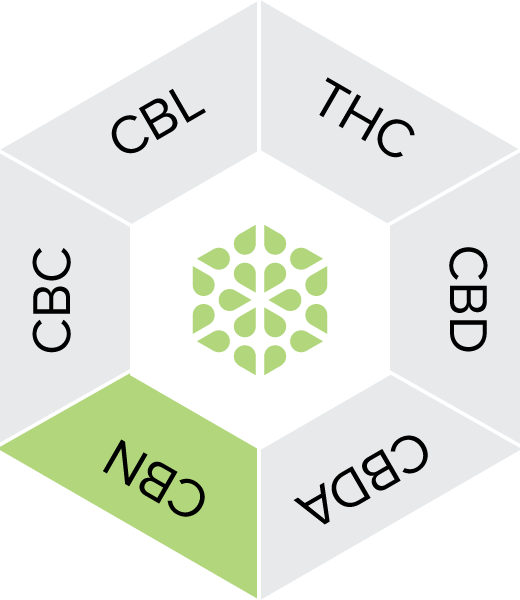
Cannabichromene is a non-psychoative minor cannabinoid. Early research that has show potential as a treatment for anxiety and stress, inflammation, and pain.
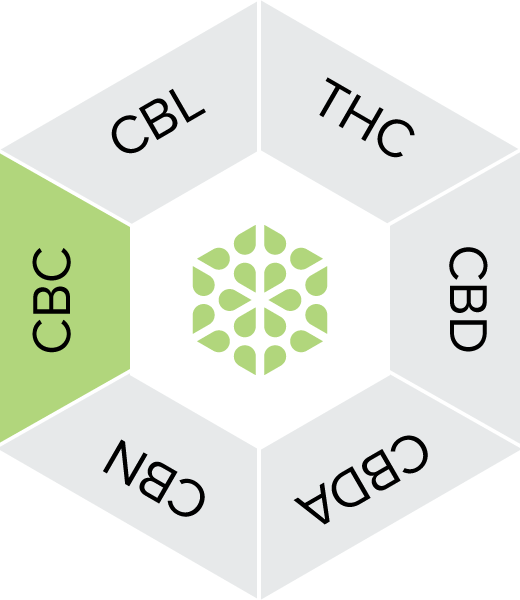
Cannabicyclol is formed when cannabichomene (CBN) is exposed to light and degrades. Very little is known about its medical properties as it appears in much smaller concentrations than other cannabinoids.
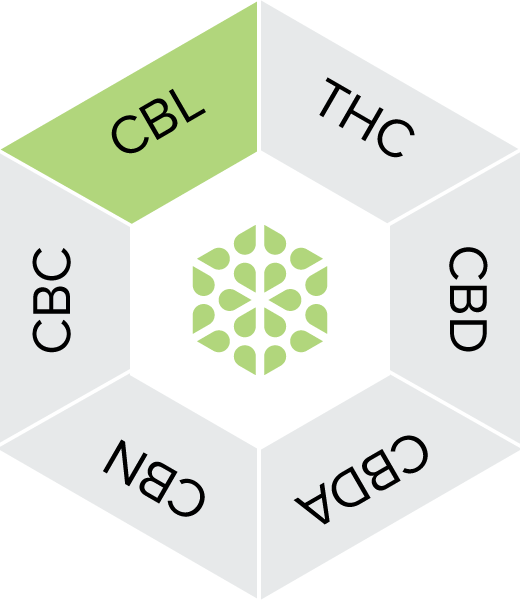
Clinical Endocannabinoid Deficiency
Clinical Endocannabinoid Deficiency is a theory suggesting that certain health problems – migraines, fibromyalgia and irritable bowel syndrome – are directly connected to a lack of endocannabinoids.


